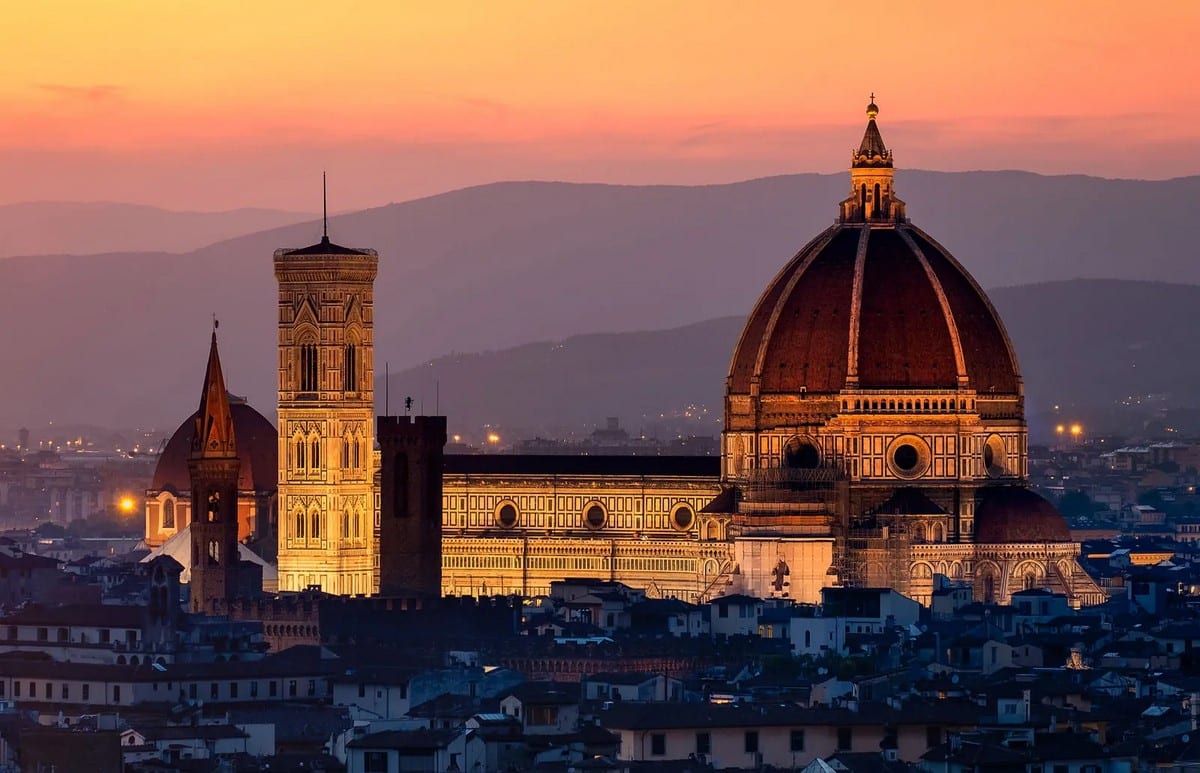Florence is a city in the Tuscany region of Italy, often referred to as the “cradle of the Renaissance.” It is one of the most visited cities in Europe for all the good reasons. The city has a rich history, with around 3,000 years of architecture, art, and culture dating back to Roman times. There is no place more romantic and passionate than the city of Florence.
Florence is known for being a center of innovation and creativity from the medieval era to the Renaissance. As a result, it is home to some of the world’s most famous works of art, including Botticelli’s Birth of Venus and Michelangelo’s David, both of which inspired countless expressionist artists worldwide.
The Birthplace of the Renaissance
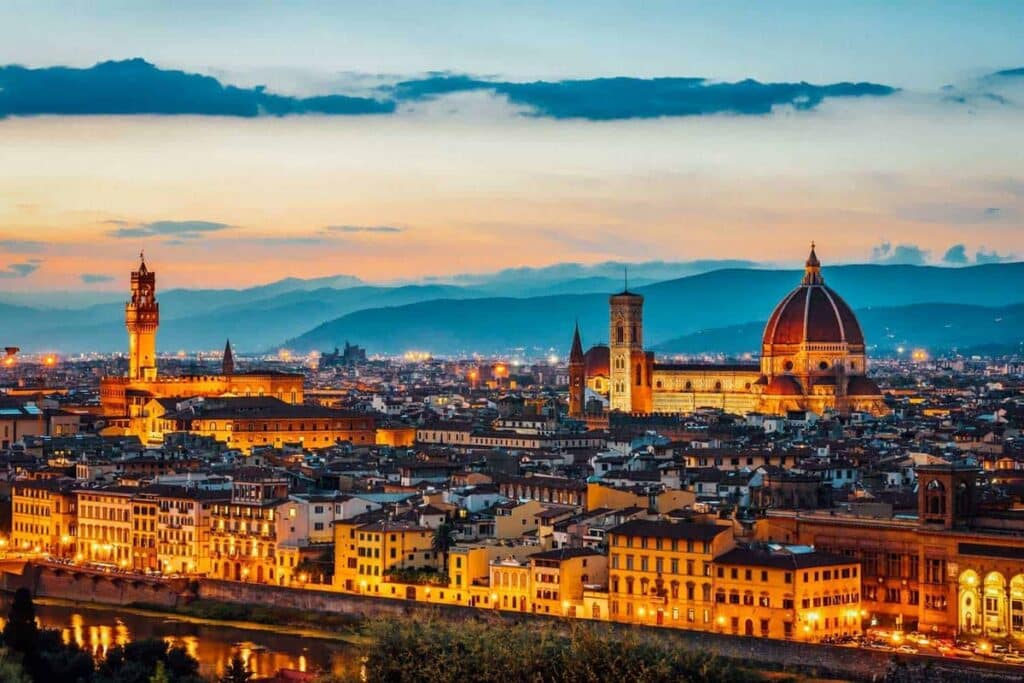
Florence is known for being the birthplace of the Renaissance. The word “renaissance” comes from a French word meaning “rebirth.” It refers to a period in which people started to think more about their place in the world and their relationship with God—a time when they began looking at life differently than before. New ideas about humanism and scientific inquiry from Italy during this period fueled the Renaissance. This flowering of art, philosophy, and science led to great advancements in how we should live our lives, what we believe about ourselves as individuals, how we interact with each other, and more.
UNESCO’s World Heritage Site 1982
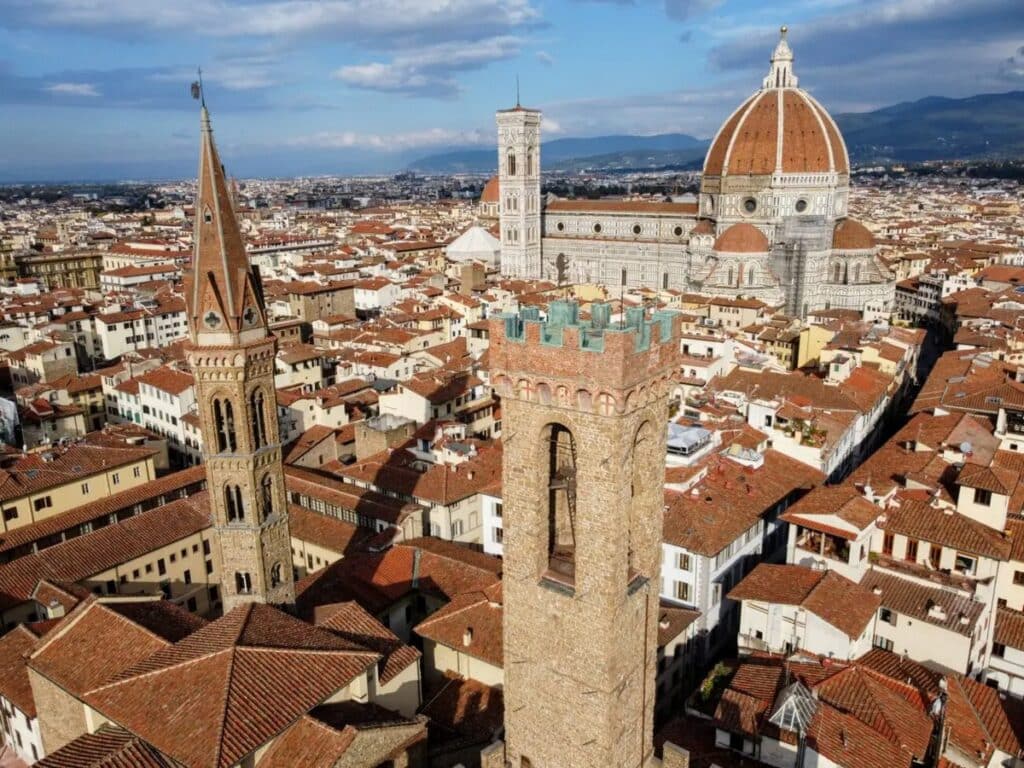
Florence’s historic center is the only city in the world to be designated a UNESCO World Heritage Site. The area was added to the UNESCO World Heritage Sites list in 1982, making it one of Italy’s most well-known landmarks. As previously discussed, the Renaissance period had a lasting impact on Florence and helped shape its art scene today; many artists moved there because of its cultural importance and influence. Additionally, many tourists visit Florence for its architectural wonders, such as cathedrals and palaces built during this period that still stand today.
The Athens of the Middle Ages
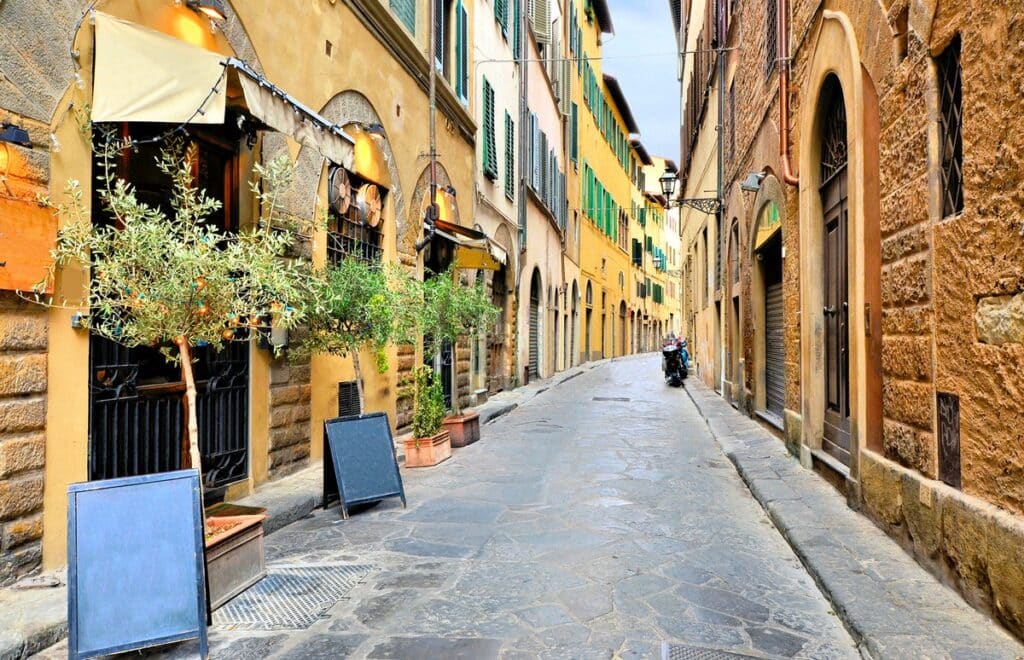
Florence is known as the “cradle of the Renaissance.” This great cultural change and achievement period began in the 14th century and lasted until the 17th century. During this time, people such as Leonardo da Vinci and Galileo Galilei made many important scientific discoveries.
Florence was also home to some of history’s greatest artists, including Michelangelo Buonarroti (1475-1564), Sandro Botticelli (1445-1510), and Lorenzo de Medici (1449-1492). In addition, the city has a rich artistic heritage and is home to many museums, including the Uffizi Gallery and Accademia. The Duomo, Florence’s cathedral, is one of Italy’s most famous buildings.
Gaius Julius Caesar and the Arno River
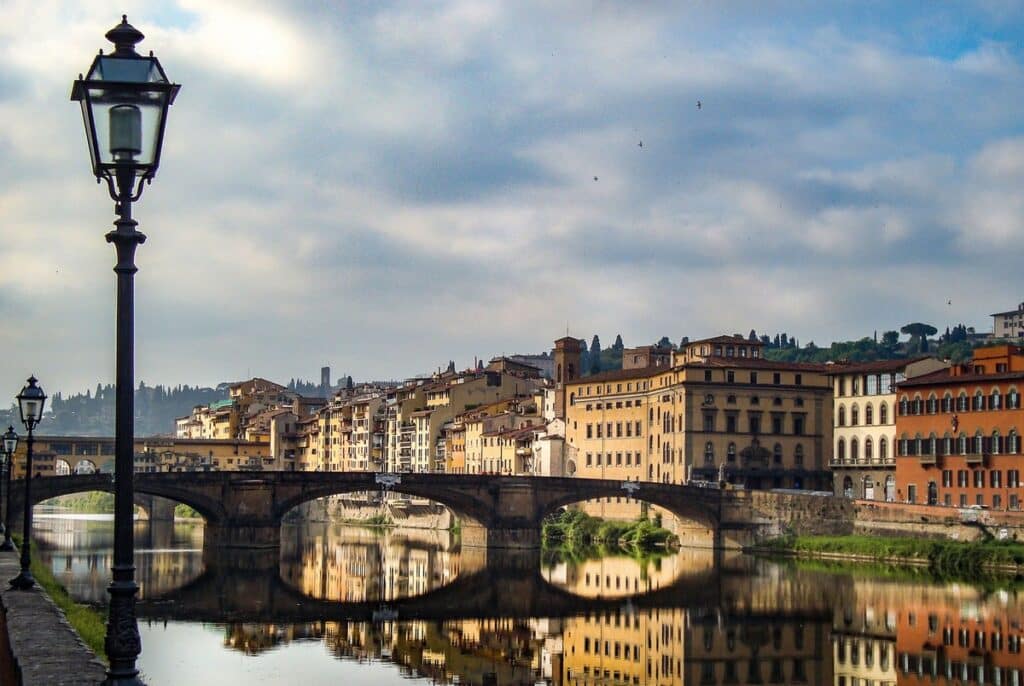
The Arno River, which runs through Florence, is famous for a few things. First, it’s known as the site of Julius Caesar’s crossing of the river in 49 BC. This event marks one of the first battles between Rome and Gaul. In addition, it features prominently in Dante Alighieri’s Divine Comedy, which was written while Dante was living in Florence during his exile from his home city of Ravenna (near Venice). If you look closely enough at some random spots along this old bridge over our beloved Arno River, you might wonder how much history is stored in that one site.
Elegant Piazzas
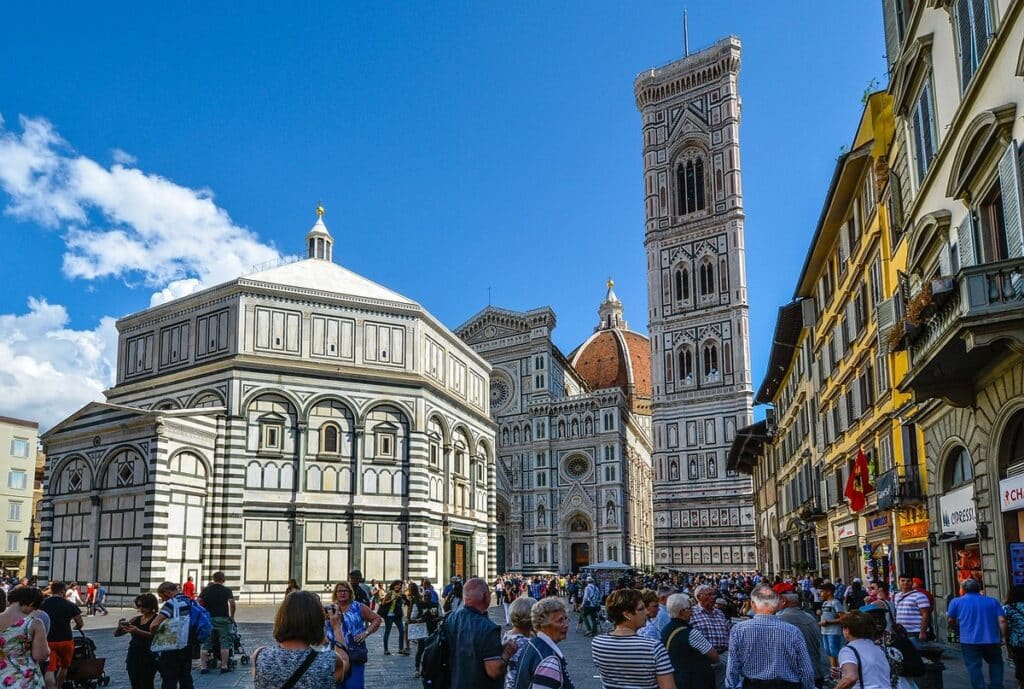
Piazzas are open spaces in the city center where people gather to socialize and enjoy the sun. Piazzas are a key part of Florentine culture. The main piazza in Florence is Piazza della Signoria, home to several museums, galleries, and other cultural institutions. One of the most famous piazzas in Florence include Piazza del Duomo (Cathedral Square). This is home to Santa Maria del Fiore Cathedral (also called ‘Duomo’). It’s also known for being one of Europe’s largest squares at 1,400 feet long by 500 feet wide. It’s easy to spot this piazza from afar due to its stunning architecture.
Breathtaking Palazzi
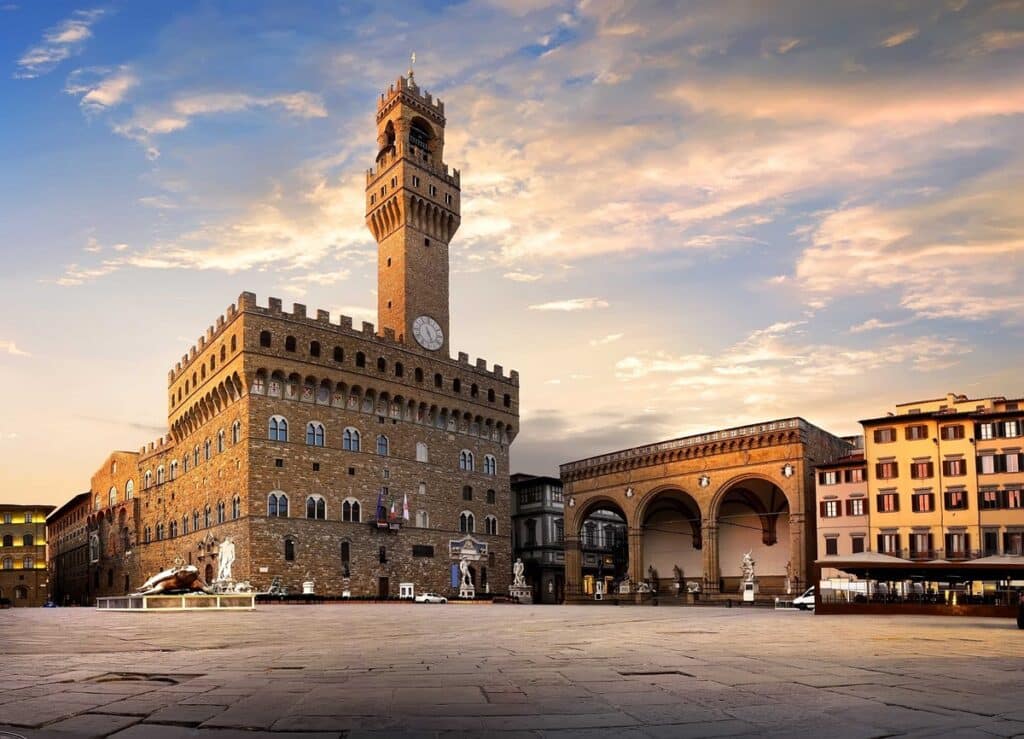
Florence is known for its palazzi, which are the most famous buildings in Florence. Wealthy families built these mansions in Florence, and they vary greatly in style. Some palazzi are made of stone and brick, while others are made entirely of marble. They also have high ceilings and large windows that let in lots of light; this makes them feel open and airy inside despite their size (some palazzi have several floors). That is why these monumental structures are often called mansions. The most famous palazzi in Florence is the Palazzo Pitti and Palazzo Vecchio, located on the same street.
The Origin of Dante
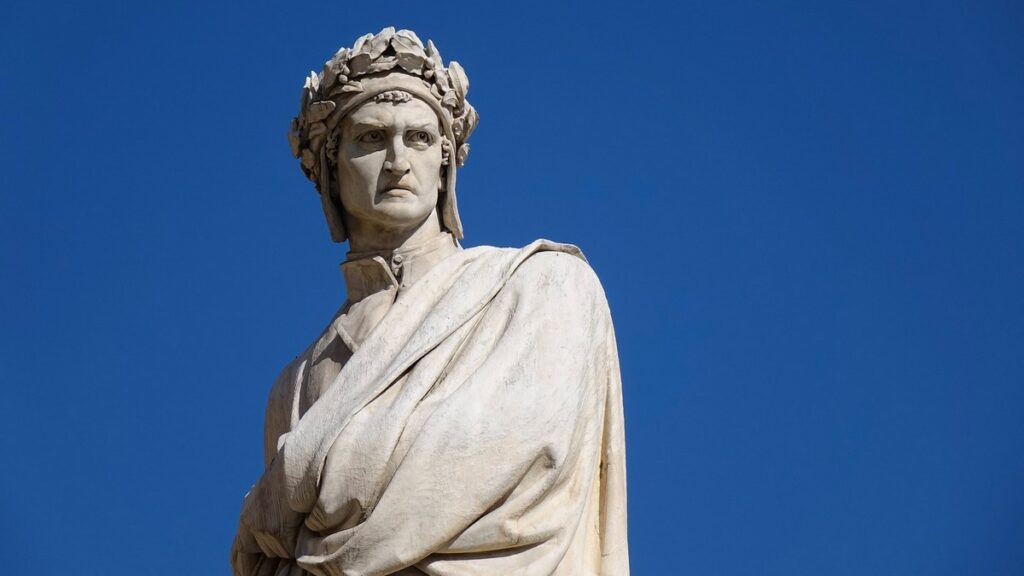
Dante was born in Florence in 1265. His father was a Florentine notary, and his mother was a member of the Donati family. At the time, Florence was thriving as it was at the center of the Renaissance movement and was considered one of Europe’s most important cities. During this time, Dante began writing poetry, earning him a place among Florence’s literary elite. His most famous work is The Divine Comedy, an epic poem about his journey through Hell, Purgatory, and Heaven. Today, his works are studied in schools worldwide, and Dante is considered one of the most influential writers in history.
Classical Music
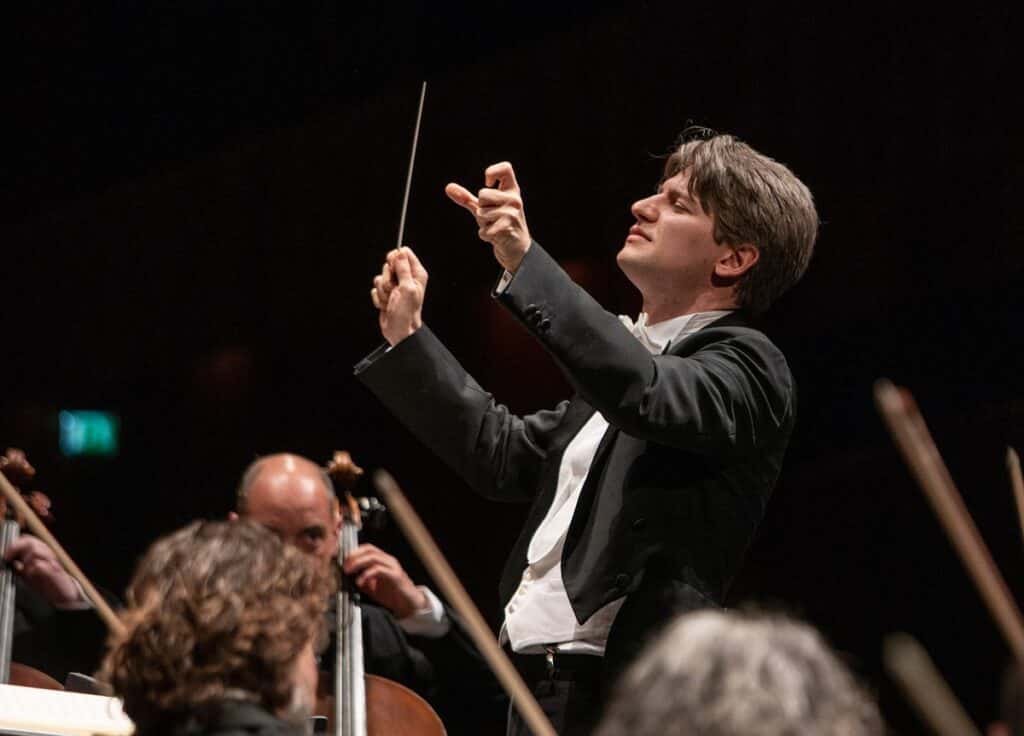
The origins of opera can be traced back to Florence, Italy. Here, the word “opera” was first used in its modern sense, as a musical drama with singing and dancing. The word comes from the Italian operare (“to work”), which in turn comes from the Latin opus (“work”). It’s not hard to see why this meaning would have been adopted by musicians creating new art forms out of old ones; they wanted their work to be recognized as something special. Some of the most famous opera composers were Italian, including Claudio Monteverdi, who wrote operas as early as 1607.
An Art Giant
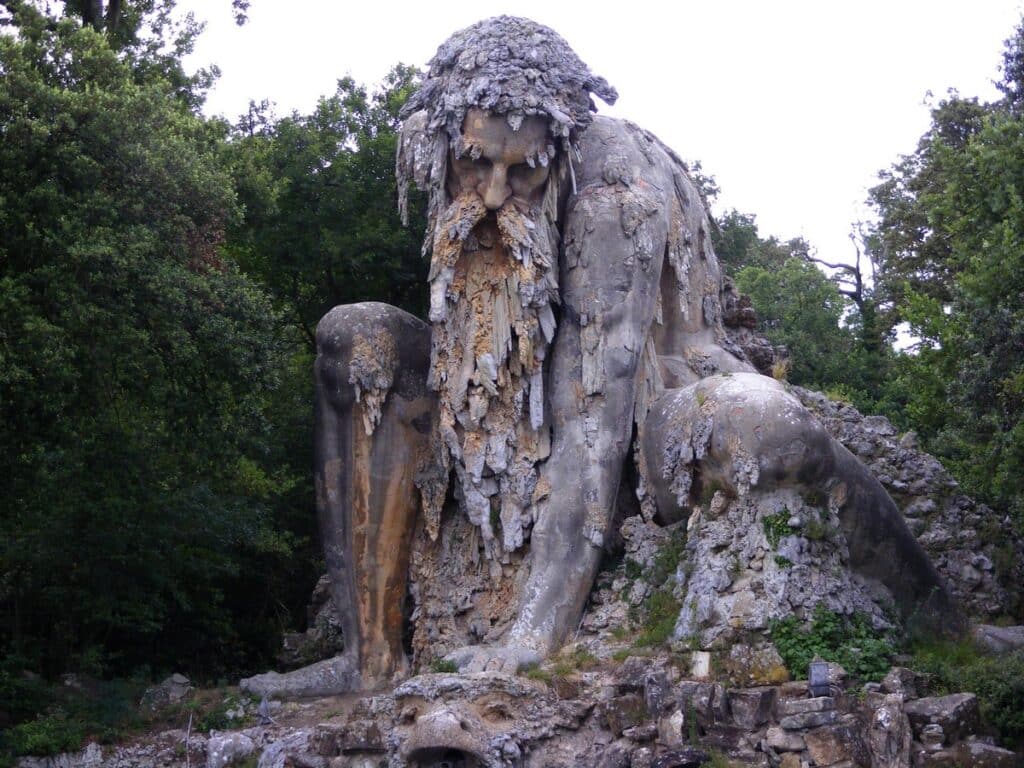
Florence is the birthplace of the Renaissance. It’s where most of the artists who shaped this movement grew up and worked. For example, Leonardo da Vinci was born in Florence in 1452, Michelangelo Buonarroti was born here in 1475, as was Sandro Botticelli (1444), Donatello (1386), Filippo Brunelleschi (1377), and so on. Their works are distinctively Florentine in style and are often characterized by their use of perspective, realism, and idealism. These artists helped set the standards for art in general during the Renaissance. Also, all these people were hugely influential during their lifetimes and are still remembered today as some of history’s greatest artists.
The Excellence of Niccolò Machiavelli
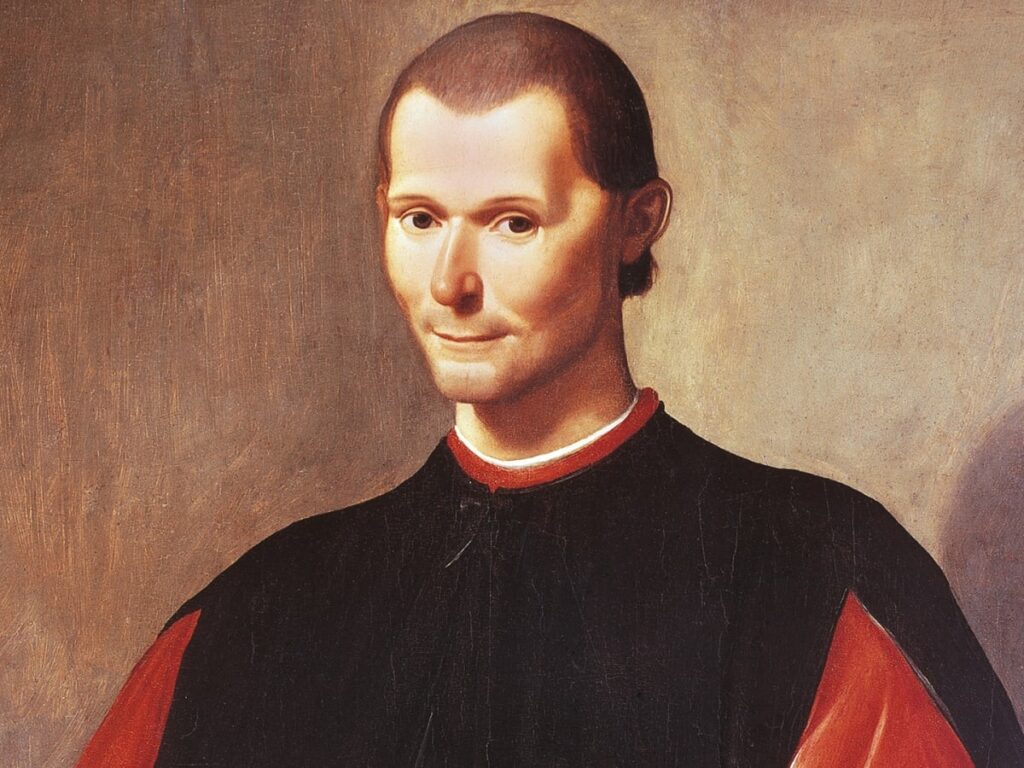
Niccolò Machiavelli was born in Florence in 1469. He was a politician and writer, best known for his book The Prince. Machiavelli’s writings were based on his experiences as a politician, so he had first-hand knowledge of what worked and didn’t work regarding leadership. His writing shows us that he understood how power works within society. He saw first-hand how people use their power for different things (good or bad), which gives him credibility when talking about leadership skills needed by leaders of any kind. The legacy of Niccolò Machiavelli’s work is that it influenced generations of leaders.
The Birthplace of Leonardo da Vinci’s Father
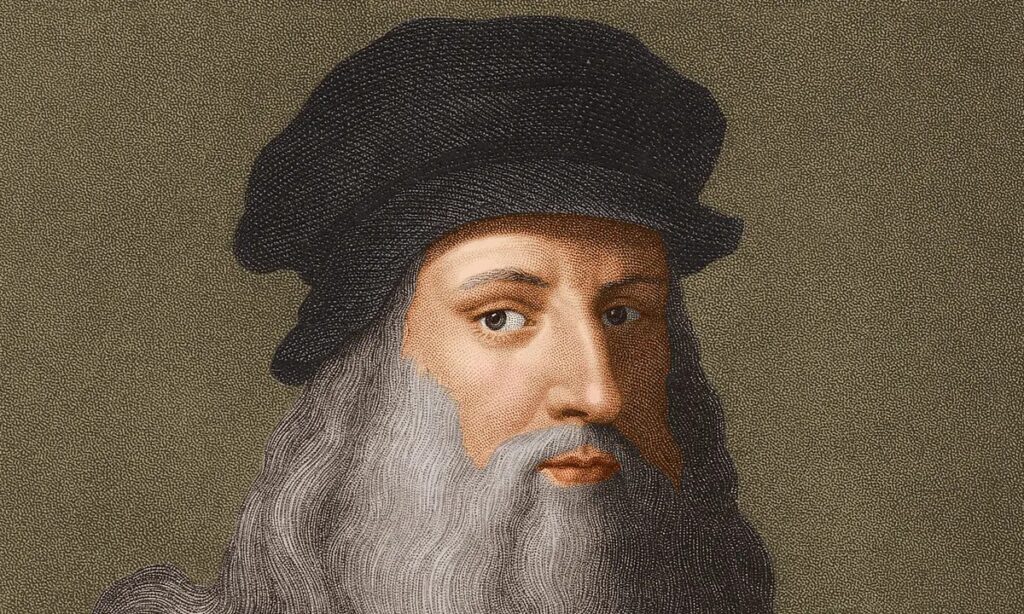
Leonardo da Vinci was born in Anchiano, Italy, on April 15, 1452. He was the son of a local peasant girl and a wealthy Florentine lawyer named Piero da Vinci. Da Vinci is a famous painter and sculptor, but he was also a scientist, inventor, and writer. He was one of the most talented artists in history and is often referred to as “The Renaissance Man” because of his diverse talents. Da Vinci became a skilled artist at an early age by studying under his father and had a passion for science and nature, which led him to invent many things that we still use today.
Studded with Fashion

Florence is known for its fashion. The city is home to many of the world’s most famous designers and fashion houses, including Gucci, Prada, Ferragamo, and Versace. Fashion shows are held throughout the year at venues such as Pitti Palace and Palazzo Strozzi. These events attract people from all over Italy and tourists from around the globe who come to watch models strut their stuff down runways in some of Europe’s most exclusive clothing brands. The city also hosts an annual festival called Florence Fashion Week, which takes place between September and October each year at various locations across town (including Palazzo Vecchio).
A Cuisine to Remember
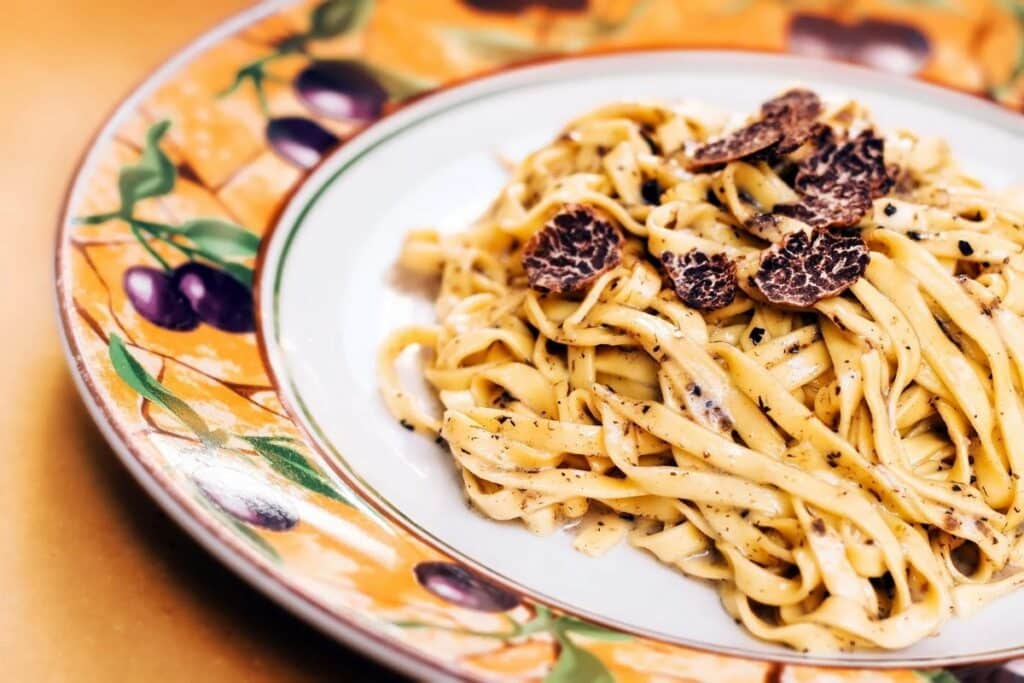
Florence is known for its cuisine. The city offers an array of restaurants and eateries, from traditional Italian fare to modern takes on local dishes to international cuisine. You can find anything from pizza to gelato, from ice cream parlors to old-fashioned trattorias serving comfort food. The best way to start your culinary journey is with a visit to Mercato Centrale (Central Market), one of Florence’s most popular markets with locals and tourists alike. This food hub is just a primer on how Florence is a foodie’s dream. From there, you can easily find your way to any of the Florence restaurants and have a culinary adventure.
The Invention of Opera
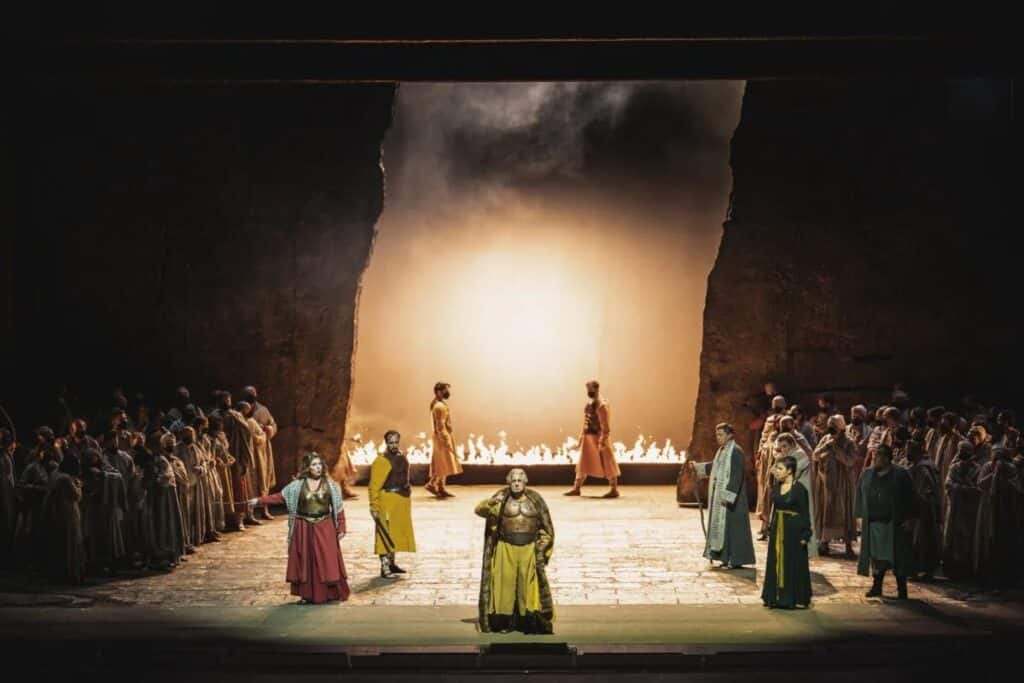
An opera is a musical theatre that originated in Italy in the 16th century. It was first performed in Florence at the Medici Court, where it was invented by Jacopo Peri. Peri’s experiments with the new style were influenced by his mentor, Vincenzo Galilei, who wrote about his experiments combining poetry and music in 1604. Peri’s work was performed at court many times between 1597 and 1600 before disappearing from history until 1708 when modern musical theatre began to take shape. This is thanks largely to Giacomo Durante, who adapted Peri’s idea into something more recognizable today: an opera consisting of multiple acts separated by intermissions.
Ponte Vecchio
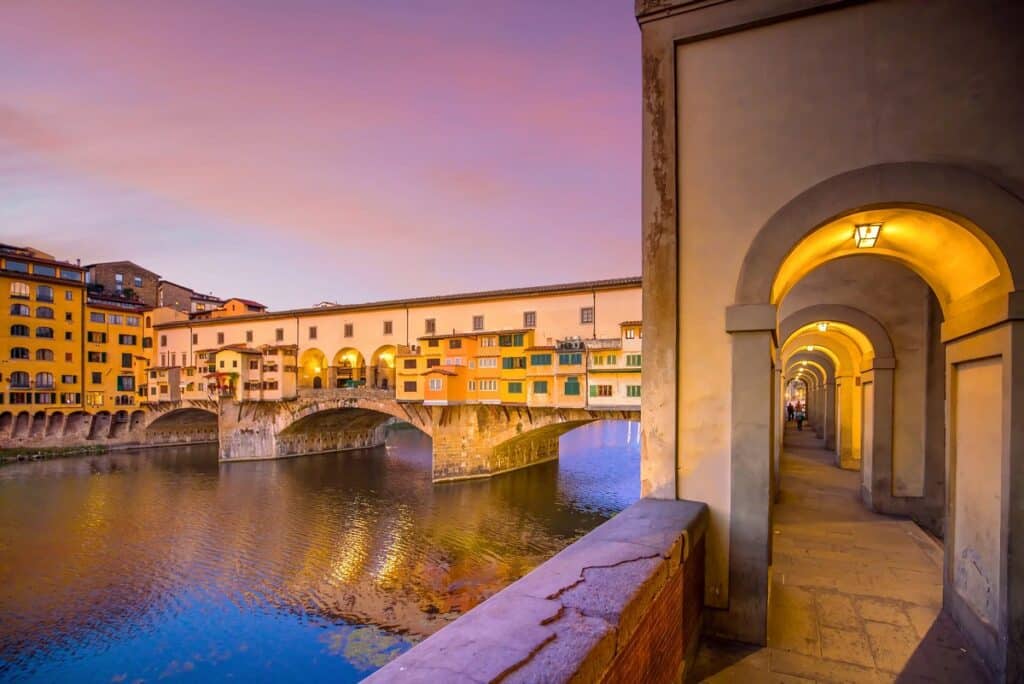
The Ponte Vecchio, or “old bridge,” was built between 1503 and 1519 by order of the Republic of Florence. It replaced an earlier, more rustic wooden bridge that had been constructed over the Arno River in 1345. The body of the bridge was designed by Bartolomeo Ammannati, while the two dramatically pointed arches were designed by Giuliano da Sangallo. We can see several classical elements in the bridge’s design, specifically those using columns and triumphal arches. The use of these elements makes this historic bridge a perfect example of Renaissance architecture.
Lampredotto
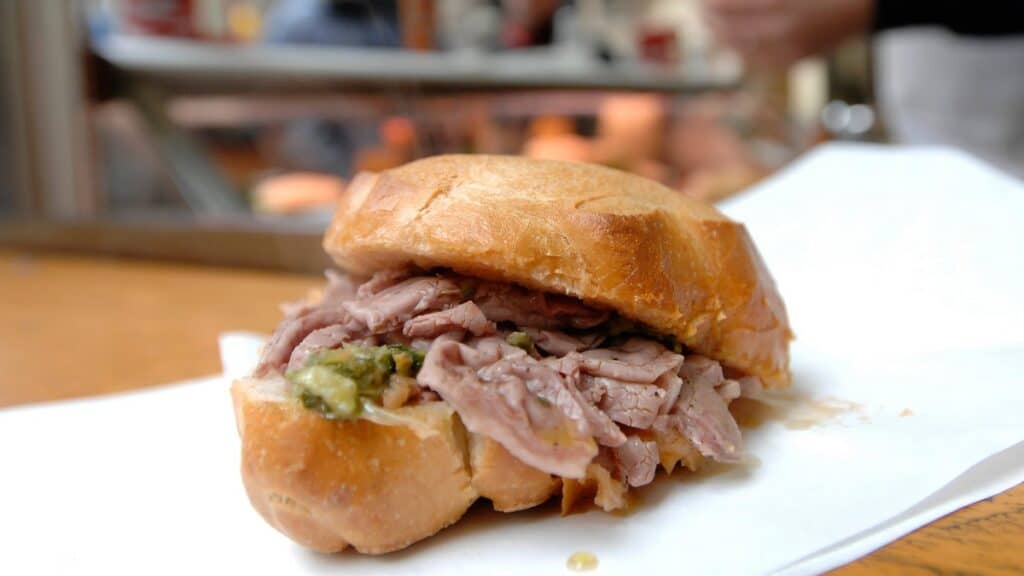
Lampredotto is a food of Florence, a kind of tripe stew made with offal. It’s typical food in the region, and originally, it was used as a way to get rid of the remains of cow slaughtering. In Tuscany, you can find many dishes made with lampredotto. It’s consumed in more or less the same way all over the region—boiled and then served with bread and olive oil. During the Renaissance and until the 19th century, it was considered a poor man’s food. Nowadays, it has recovered a bit of its prestige thanks to many restaurants.
